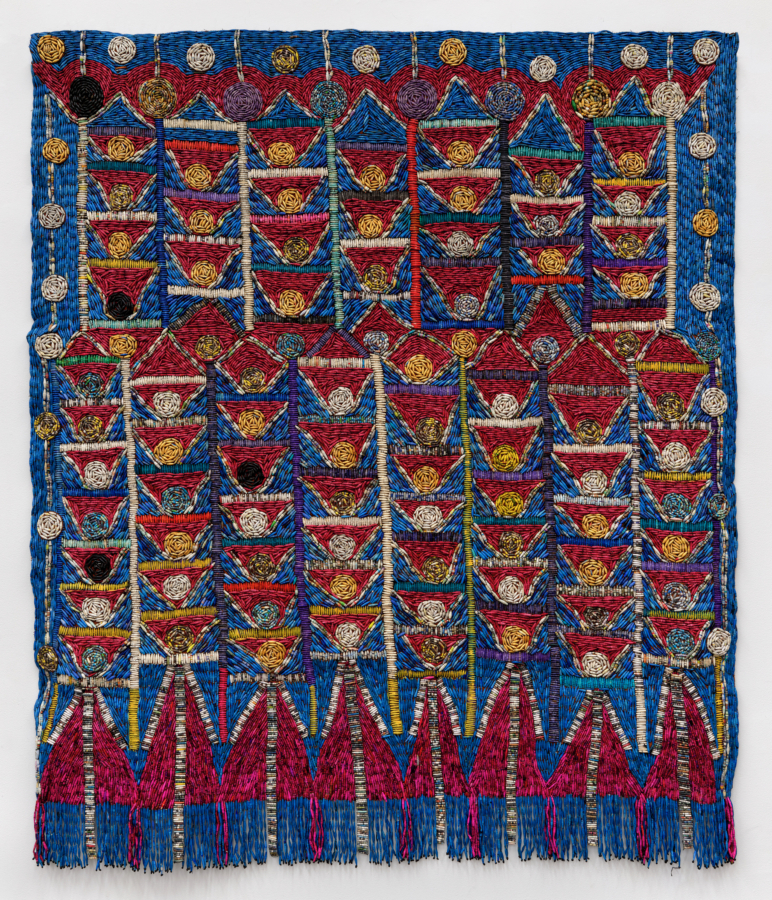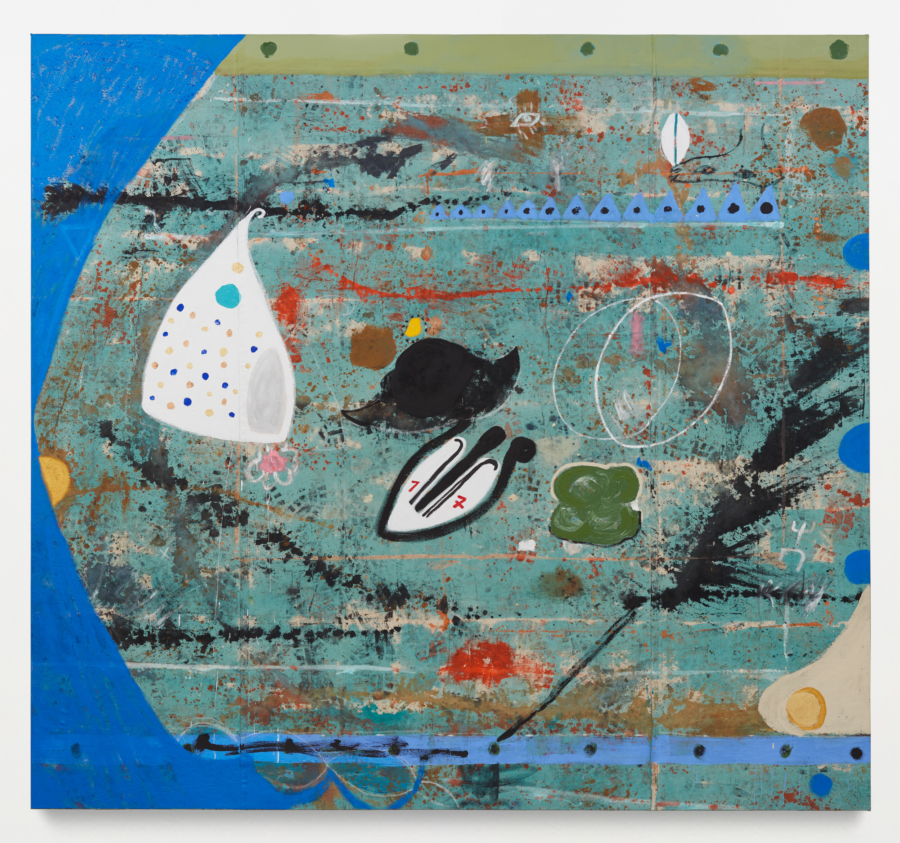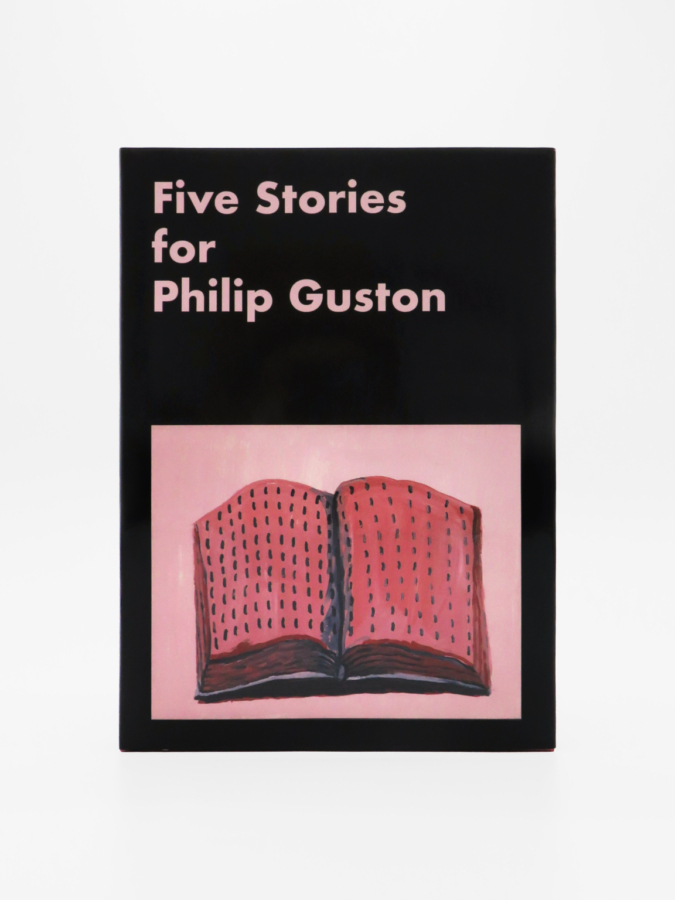Independent New York 2019
March 7–10, 2019
Gertrude Abercrombie, Ann Craven,
Nicolas Party, Matthew Wong
50 Varick Street
New York, NY 10013
Independent New York 2019
March 7–10, 2019
Gertrude Abercrombie, Ann Craven,
Nicolas Party, Matthew Wong
50 Varick Street
New York, NY 10013
March 5, 2019
Dear Dairy [sic] –
Where do artists come from? What are their choices? Who does their bones?
Though I sleep in the basement, my imagination is ten stories high. In the morning, I promise to record each and every detail of tonight’s dream, no matter how burdensome.
March 6, 2019
The Liberty Bell is the bus stop. Hordes of us, young and old, wait with bags and jackets and headphones in a series of concentric circles around the silent bell, hovering inside thick, green-tinted glass. After an indeterminate amount of dreamtime, the Megabus arrives at the circle center, eclipsing the bell and somehow, impossibly, with its hair in a ponytail. No one moves. The driver emerges with a chef’s hat and enormous iPad, the size of a full-length mirror. He hits the pavement, examines the screen, and yells “New York!” at a hysterical pitch.
We are on the bus. It’s not especially late, but row after row of passenger is totally passed out. The older woman next to me has a plastic straw hanging from her lips.
I am emailed a PDF of this very book, which I review on my phone. My actions feel illicit, but important; I cannot be stopped. Frustratingly, each image (paintings? photographs? other?) has a weird encrypted overlay, like the inside of an envelope. Zooming in only makes it worse. Strange thing is, I can see each picture clear as day on the back of my hand, as if it were projected through my skin and bones.
We are abruptly in New York City, though plagued with endless traffic lights. Each time we stop, my neighbor exhales deeply through her straw. We arrive at the Independent Art Fair.
March 7, 2019
Karma presents small paintings by four artists. While diverse in content, there is a through line of psychological cataloguing and an appetite for the surreal. All works are face-sized or smaller. It occurs to me that this is an entirely overlooked category of art—face-sized. It is recognized that these works will never again be assembled in this precise manner.
On the north wall is Gertrude Abercrombie. Like you, I am reminded of the first time I learned of this still under-appreciated artist, a decade ago in the second floor library of a major United States oil corporation. Apropos of nothing, a kindly intern pulled a photocopied exhibition catalog—black and white, stapled—from the stacks and explained that the eccentric painter herself had delivered it many years before.
At the art fair, I see the hypnotic work in person for the first time. One painting depicts a horizontal row of doors, connected side-by-side and covering a brick wall. We’ve clearly intruded on a pair of black cats, who stare incredulously. “How did you get this number?” Only one door, different in color, shape, and detail from the rest, has a handle.
Gallery personnel inform us that this vision was plucked from life and not the other way around; in Chicago, demolition doors were often removed from building interiors and placed around the perimeter, as a fence, during construction. The artist, we are told, enjoyed painting “simple things that are a little strange” and died in 1977.
There is often a single fallen something—grape, leaf, or flower—in the frame; we can feel, but not precisely name, the richness of this recurring detail.
On the east wall hangs a suite of new works by Ann Craven. At her first gallery show, nearly 25 years ago, the artist presented 101 paintings of the moon in chronological order. In tonight’s dream, ten moon renderings made on the same evening. Through her titling system, we learn at precisely what time of night the paintings were completed: 8:15PM, 9:45PM, 10:30PM. They are idiosyncratic areolas of observation, halos around a bell, washes of light, the best kind of evidence. More unfixed than an index, each brushstroke is the key to a room with no door.
Birds, too, are objects of repeated study. The Yellow Fello, for example, appears four times in two pairs. Through the tiny window of Craven’s eye, our sweet man is seen again and again, perched against a calendar of soft-focus cherries and flowers.
Gallery personnel open Craven’s thick yellow monograph over my shoulder and read from Dana Miller’s introductory essay: “They are attempts to capture forever that which is short-lived and fleeting—the moon as just seen, the paint as just mixed, and the memory as just recalled. Craven’s term for this is ‘the continuous just past.’”
Text by Jordan Stein



